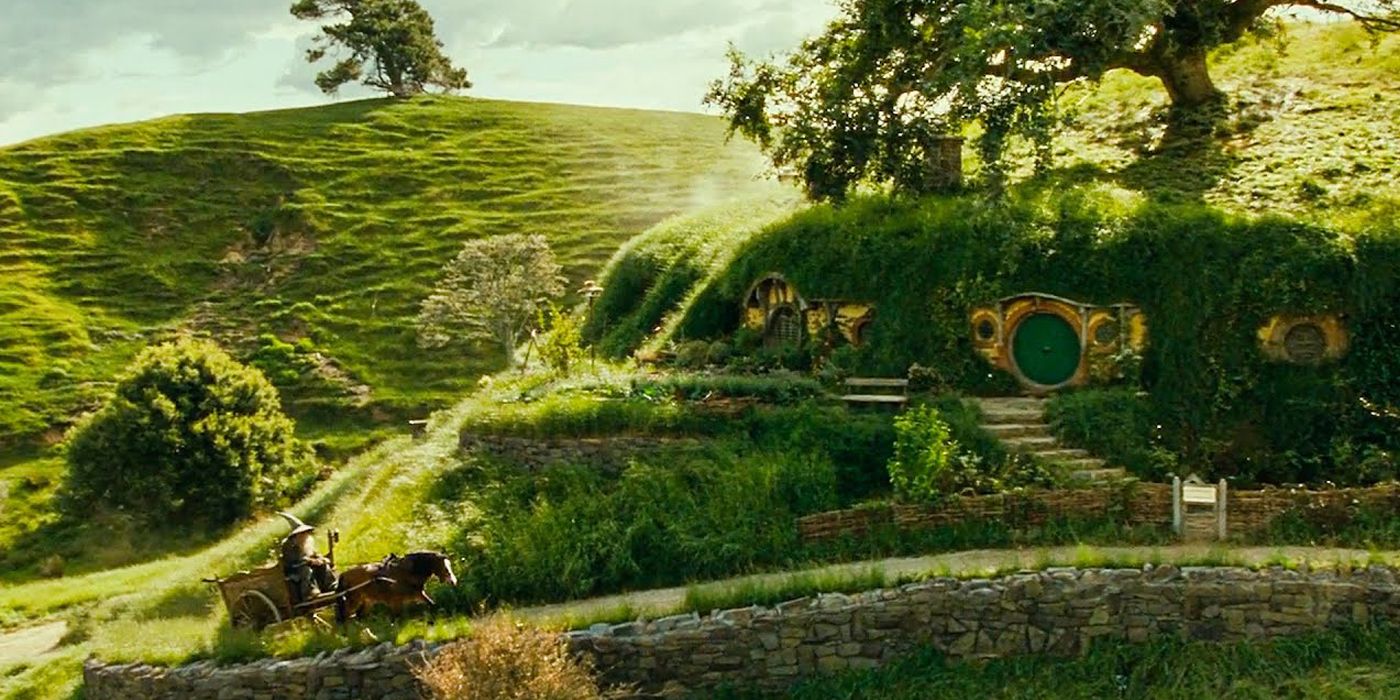
While Middle-earth is a fantastical place of magic and monsters, much of the lore is still similar to real-life Earth. There are 12 months in a year, seven days a week and four seasons. And much like medieval history, winter could be an incredibly deadly time that causes famine and death as the poor folk struggle to counter the harsh cold. So, when an unusually long winter came to Middle-earth, the losses were unfathomable.
Many Hobbits Fell to Middle-earth’s Harsh Winter

The year 2758 of the Third Age was just over 200 years before Frodo Baggins was born, and it held one of the most impactful winters in Middle-earth history. A freezing snowfall lasted over six months, coating the land in so much ice that travel and farming became almost impossible. The kingdom of Rohan suffered, in particular, with starvation plaguing the land and the king being trapped in Helm’s Deep.
However, one of the more devastated places was the Shire. This Hobbit region was far from any great cities, so it relied on its own farms and manpower. But with six months of snowfall, the food supplies fell to nothing, and thousands of Hobbits died over this time. Even Gandalf arrived to provide them aid, but the Wizard couldn’t save them from the cold.
Sauron’s Allies Made Their Move During Middle-earth’s Winter

With Middle-earth’s most notable kingdoms focusing on survival, Sauron’s allies used the opportunity to their advantage. While the Dark Lord was still hidden in the abandoned fortress of Dol Guldur, his forces began their attacks and invasions in preparation for his return. The Dunlending (human forces from the east) laid siege to the weakened Rohan and even came out victorious, placing a new king on the throne.
However, this victory was short-lived, as the people of Rohan retook their land with the eventual coming of spring. But nevertheless, with Rohan dealing with its own war, eastern tribes knew it couldn’t send aid to Gondor and moved against the vast kingdom. Battles took place over the entirety of winter, with neither side being able to repel the other. And because of this, Gondor survived long enough for Rohan to recover and send aid, causing a huge loss for Sauron’s forces.
In the end, Sauron’s allies were unable to invade and control Middle-earth, but the losses were certainly felt by all. With the combination of famine, war and deadly cold, the death toll possibly reached the hundreds of thousands and caused the Hobbits to refer to the era as the “Days of Dearth.”





